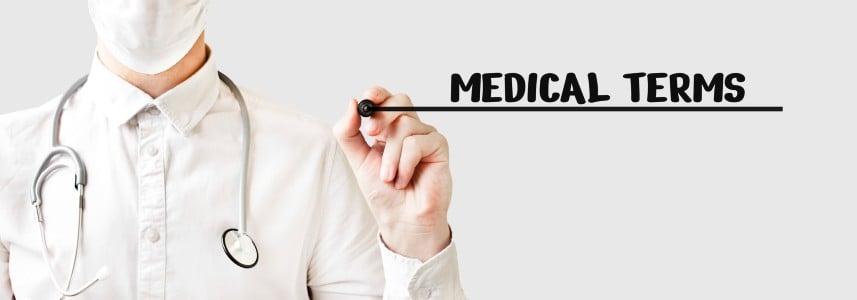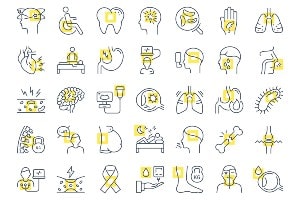About Pain Management: Musculoskeletal Pain

Learn about the disease, illness and/or condition Pain Management: Musculoskeletal Pain including: symptoms, causes, treatments, contraindications and conditions at ClusterMed.info.
Pain Management: Musculoskeletal Pain

| Pain Management: Musculoskeletal Pain |
|---|
Pain Management: Musculoskeletal Pain InformationHow Is Musculoskeletal Pain Diagnosed?Your doctor will conduct a thorough physical examination and medical history. In addition, your doctor may perform diagnostic studies to confirm the diagnosis. How Is Musculoskeletal Pain Treated?Different types of manual therapy, or mobilization, can be used to treat people with spinal alignment problems. For acute musculoskeletal pain, these techniques have been shown to speed recovery.In patients with musculoskeletal disorders such as fibromyalgia, medications to increase the body's level of serotonin and norepinephrine (neurotransmitters that modulate sleep, pain, and immune system function) are prescribed in low doses. Some of the medicines used to aid sleep include Ambien, Klonopin, and Desyrel.Other treatments may include:
What Are the Symptoms of Musculoskeletal Pain?People with musculoskeletal pain sometimes complain that their entire bodies ache. Their muscles may feel like they have been pulled or overworked. Sometimes the muscles twitch or burn. Symptoms vary from person to person, but the common symptoms are:
What Causes Musculoskeletal Pain?The causes of musculoskeletal pain are varied. Muscle tissue can be damaged with the wear and tear of daily activities. Trauma to an area (jerking movements, auto accidents, falls, fractures, sprains, dislocations, and direct blows to the muscle) also can cause musculoskeletal pain. Other causes of pain include postural strain, repetitive movements, overuse, and prolonged immobilization. Changes in posture or poor body mechanics may bring about spinal alignment problems and muscle shortening, therefore causing other muscles to be misused and become painful. |
More Diseases
A | B | C | D | E | F | G | H | I | J | K | L | M | N | O | P | Q | R | S | T | U | V | W | X | Y | Z
Diseases & Illnesses Definitions Of The Day
- Noncancerous Colloid Thyroid Nodule (Thyroid Nodules) ‐ How are thyroid nodules diagnosed?, Introduction to thyroid nodules …
- Skin, Laser Resurfacing (Laser Resurfacing) ‐ CO2 Laser Resurfacing, Complications of Laser Skin Resurfacing …
- Malignant Fibrous Histiocytoma (Bone Cancer Overview) ‐ Are there any treatments or medications that relieve bone cancer pain? …
- Double Vision ‐ Is it possible to prevent double vision?, What are the symptoms and signs of double vision? …
- Ageusia (Taste Disorders) ‐ Are taste disorders serious?, Can taste disorders be treated? …
- Autism Screening and Diagnosis ‐
- Alpha-fetoprotein Blood Test ‐ In which situations are high blood (serum) levels of AFP used as a tumor marker? …
- Polymyalgia Rheumatica ‐ How do health care professionals make a diagnosis of polymyalgia rheumatica? …
- Stump Appendicitis (Appendicitis) ‐ Appendicitis definition and facts, Are there long-term consequences of appendectomy? …
- Gonorrhea (Gonorrhea In Women) ‐ Gonorrhea facts, How is gonorrhea diagnosed?, What are sexually transmitted diseases (STDs)? …